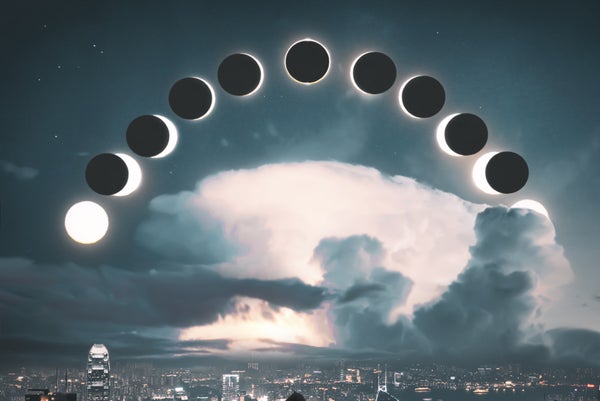This article was published in Scientific American’s former blog network and reflects the views of the author, not necessarily those of Scientific American
It’s been more than a full lunar month since the spectacular solar eclipse of 2017 paraded its way across the United States to the shouts and cheers of millions of elated viewers. In the words of one person I shared the experience with, it was “the bucket list item I never knew I had.”
At its longest, totality lasted a tantalizingly short 2 minutes and 40 seconds. Almost as quickly, it seemed, after all the enormous hype about traffic jams and small-town bottlenecks, the eclipse became yesterday’s news. But a few of us couldn’t let go so fast. We lingered on the scene, kicking the dirt and replaying the thrill of daytime darkness over and over again in our minds. When we piled into our cars to drive home under the light of the now mundane afternoon sun, I was itching to relive the event through art.
Sure enough, later, beautiful art started popping up under the hashtags #eclipse2017 and #eclipseart. Here, I present a selection of the pieces I encountered ranging from representational to abstract. Each one captures some aspect of the eclipse I found riveting: the sun’s corona, the bizarre light, the crescent-shaped shadows, or the sheer cheekiness of our moon photobombing the star of our solar system. Enjoy.
On supporting science journalism
If you're enjoying this article, consider supporting our award-winning journalism by subscribing. By purchasing a subscription you are helping to ensure the future of impactful stories about the discoveries and ideas shaping our world today.
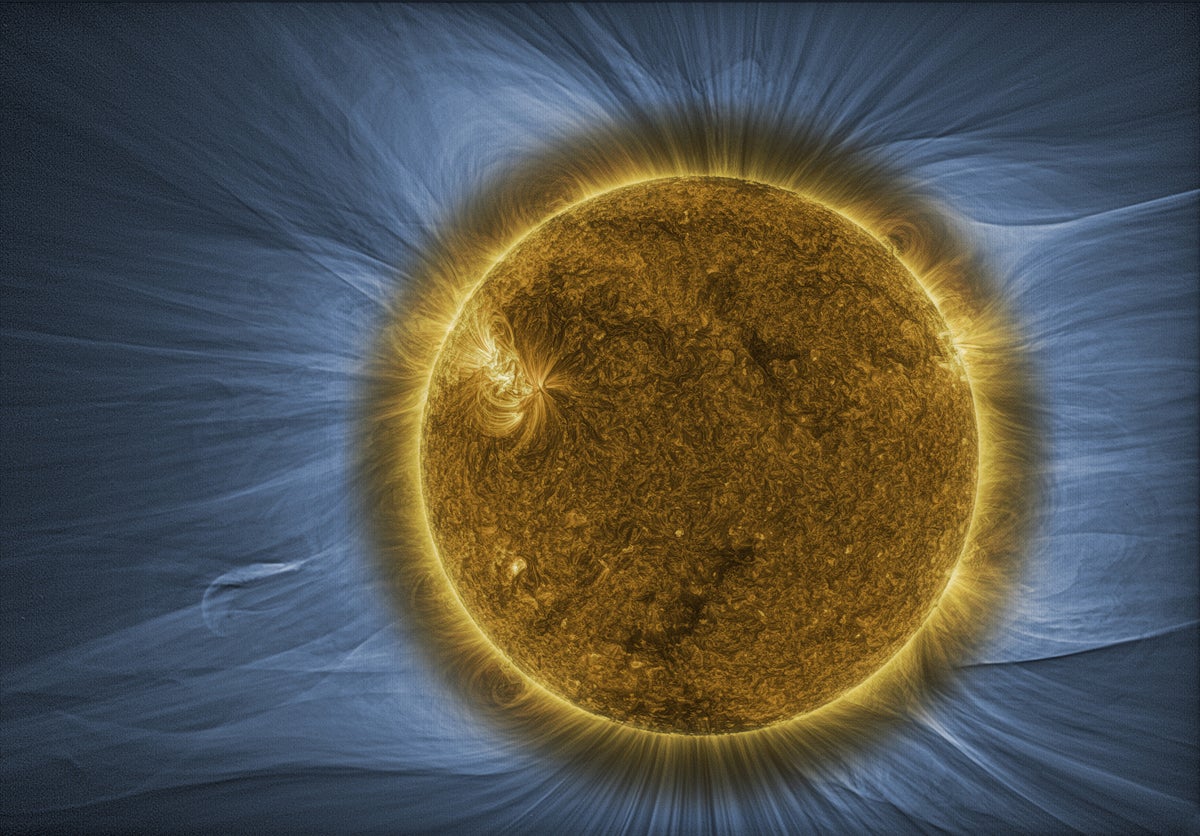
Photomontage made using NASA SDO 171 angstrom data and a white light image.
Credit: Karen Teramura, Miloslav Druckmuller, Martin Dietzel, Shadia Habbal and Vojtech Rusin
This composite image by Karen Teramura, a computer graphics specialist at the University of Hawaii’s Institute for Astronomy, was constructed with the first data from NASA’s space-based Solar Dynamics Observatory (SDO). Teramura superimposed the data onto an image of the July 11, 2010 eclipse as observed from Tatakoto Atoll in French Polynesia. In her work for the UH astronomer Shadia Habbal, she wondered whether the images of the sun’s surface collected by SDO would match the white light images Habbal and her team of Solar Wind Sherpas observed as they chased eclipses around the globe. They did, and this inspiring image was born.
If you like these incredibly detailed photographs of the sun’s corona and its graceful filaments, check out Wei-Hao Wang’s artistry from last month’s eclipse and the Solar Wind Sherpas’ images from the many eclipses they’ve chased in pursuit of their research.
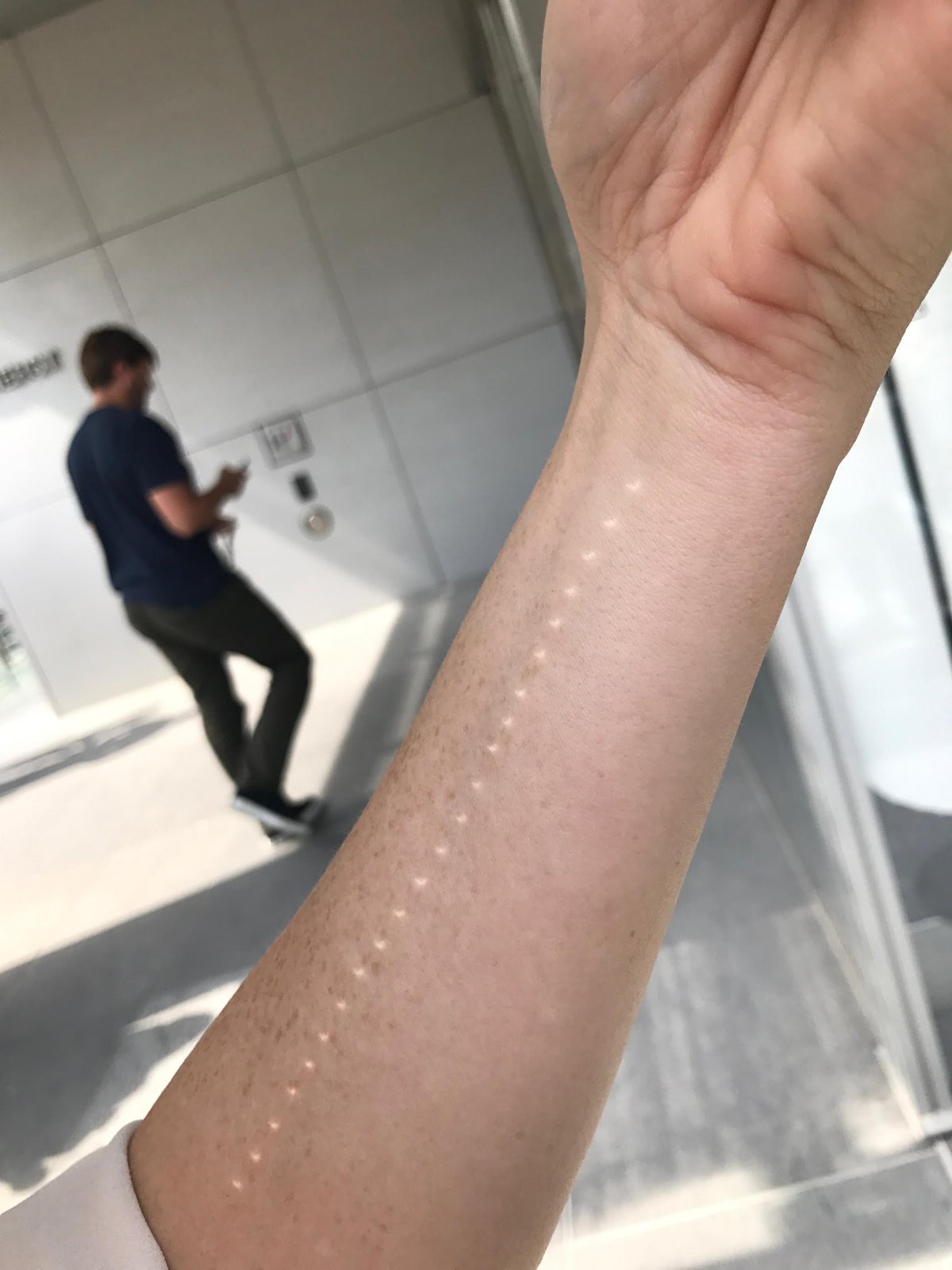
Credit: Arielle Johnson, PhD
Many eclipse viewers posted images of pinhole projections—a safe way to view eclipses indirectly by ushering a tiny beam of light through a small, round hole. The result gives you a mini projection of the eclipse above and gets great reactions from people who aren’t expecting it. Photos of projections through colanders and the crescents created by dappled light through treetops were abundant online, but this pinhole projection, by Arielle Johnson at the MIT Media Lab, was particularly artistic and intriguing.
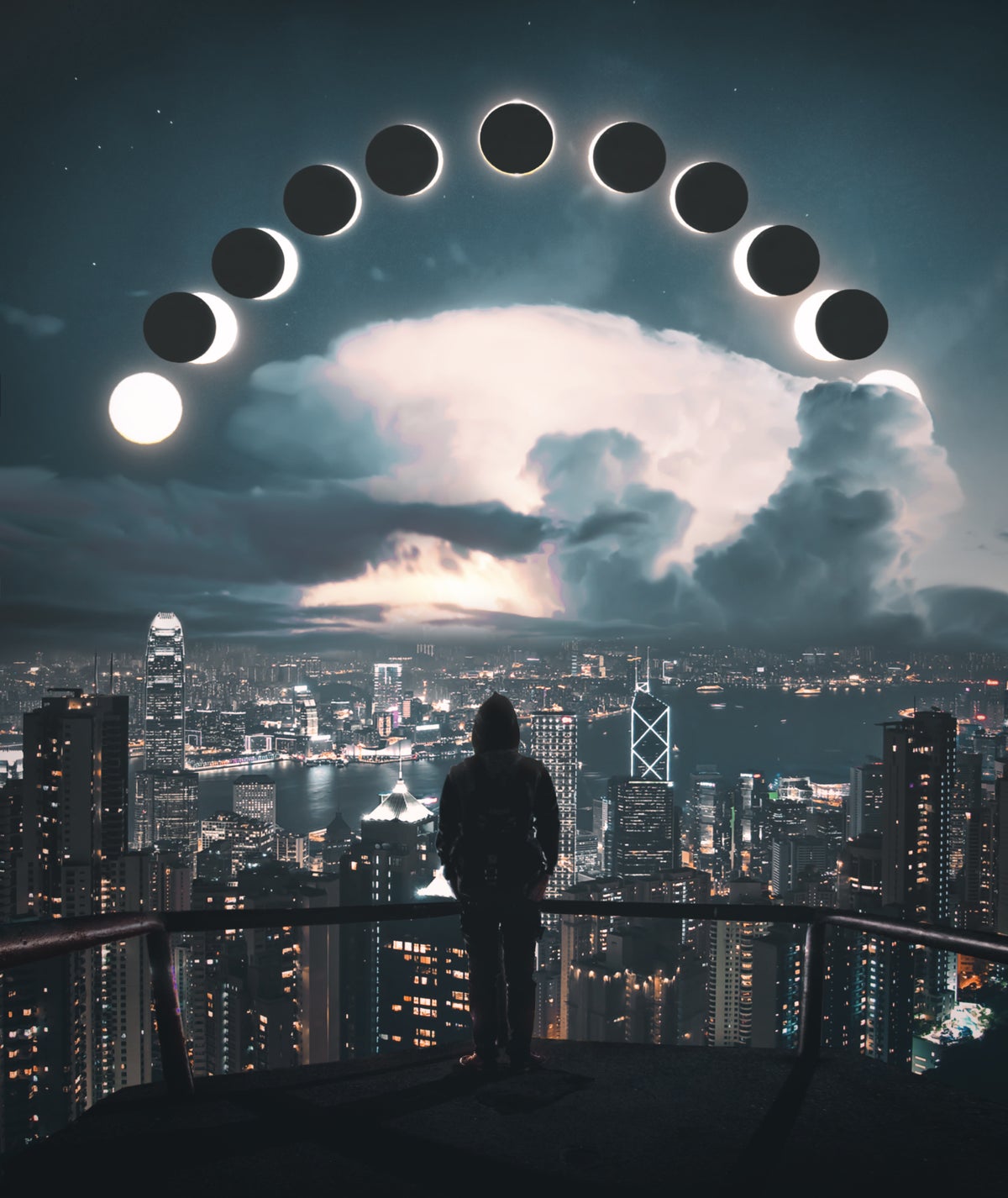
Credit: Julius Kähkönen
Julius Kähkönen was not on the right continent to observe the eclipse this time, but he sent his well-wishes for clear skies to the entire continental US by way of an Instagram post-card (nyuk, nyuk). I like this image because it makes me feel simultaneously powerful and infinitesimally small. Our most awe-inspiring creations—bustling cities that light up the night sky and blanket the earth in concrete and steel—are still just encrusting a tiny rock circling a burning ball of gas in a universe full of much more spectacular balls of burning gas. It’s good to stay humble.
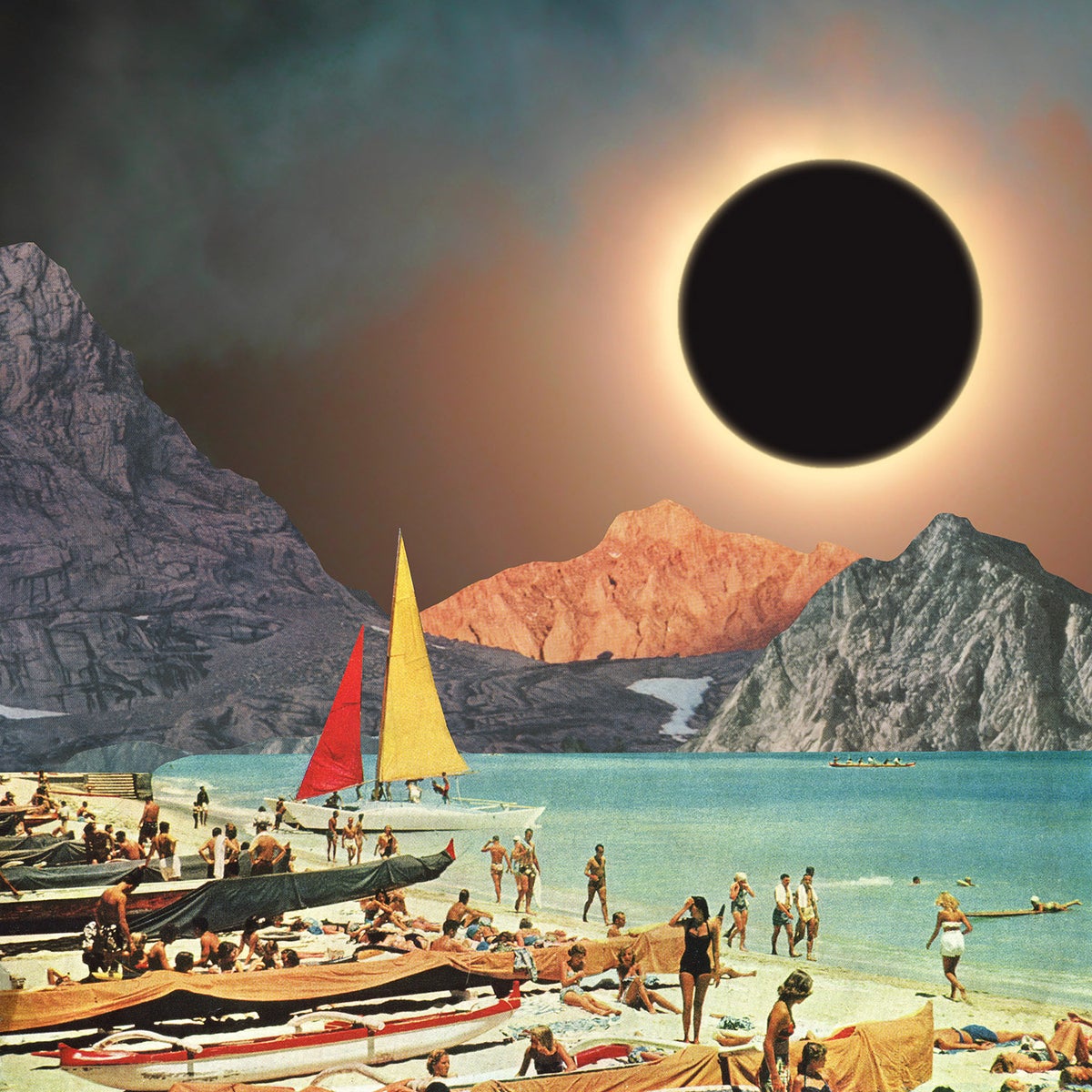
Beach Eclipse.
Credit: Karen Lynch
Although collage artist Karen Lynch was also not present for the Great American Eclipse, she has several collages that convey the eerie light and the disjointed feeling of mid-day darkness that accompanies a significant eclipse. Her Society6 shop is a fun jaunt into that otherworldly world.
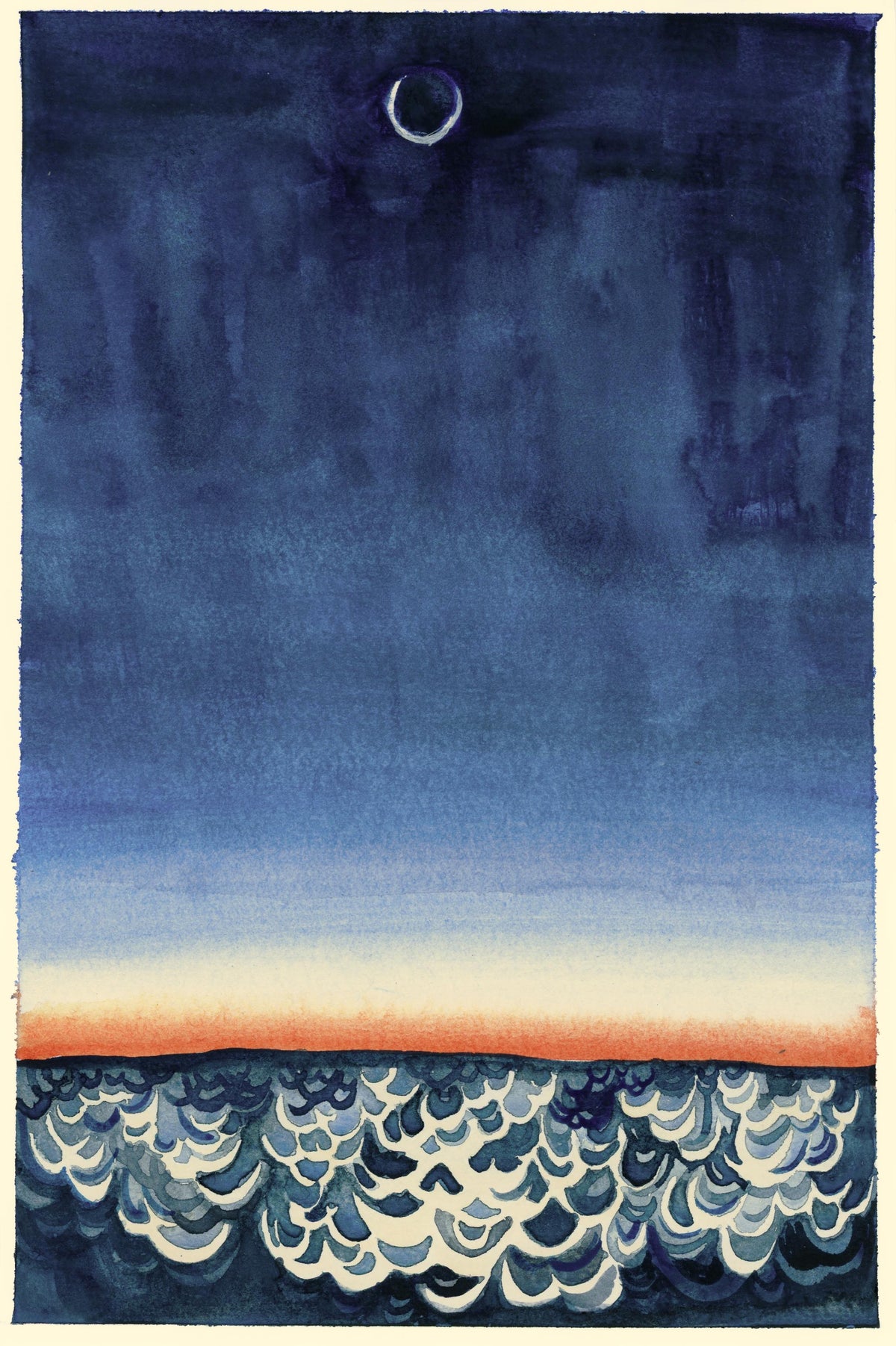
Watercolor.
Credit: Amirra Malak
Though sticklers for realism will quickly point out that there is no pinhole projector creating the crescent shadows on the ground in this watercolor by Amirra Malak, I will remind you that we are now safely in the realm of artistic license, and have been for a few images. I was drawn to this depiction of near-totality because it captures the lovely dusky hues that lit up the horizon in 360 degrees around us just before and after totality. The scale of the sun also feels just right—not as small as it appeared in our abysmal cellphone photos of the event, but not exaggerated either. Just right.
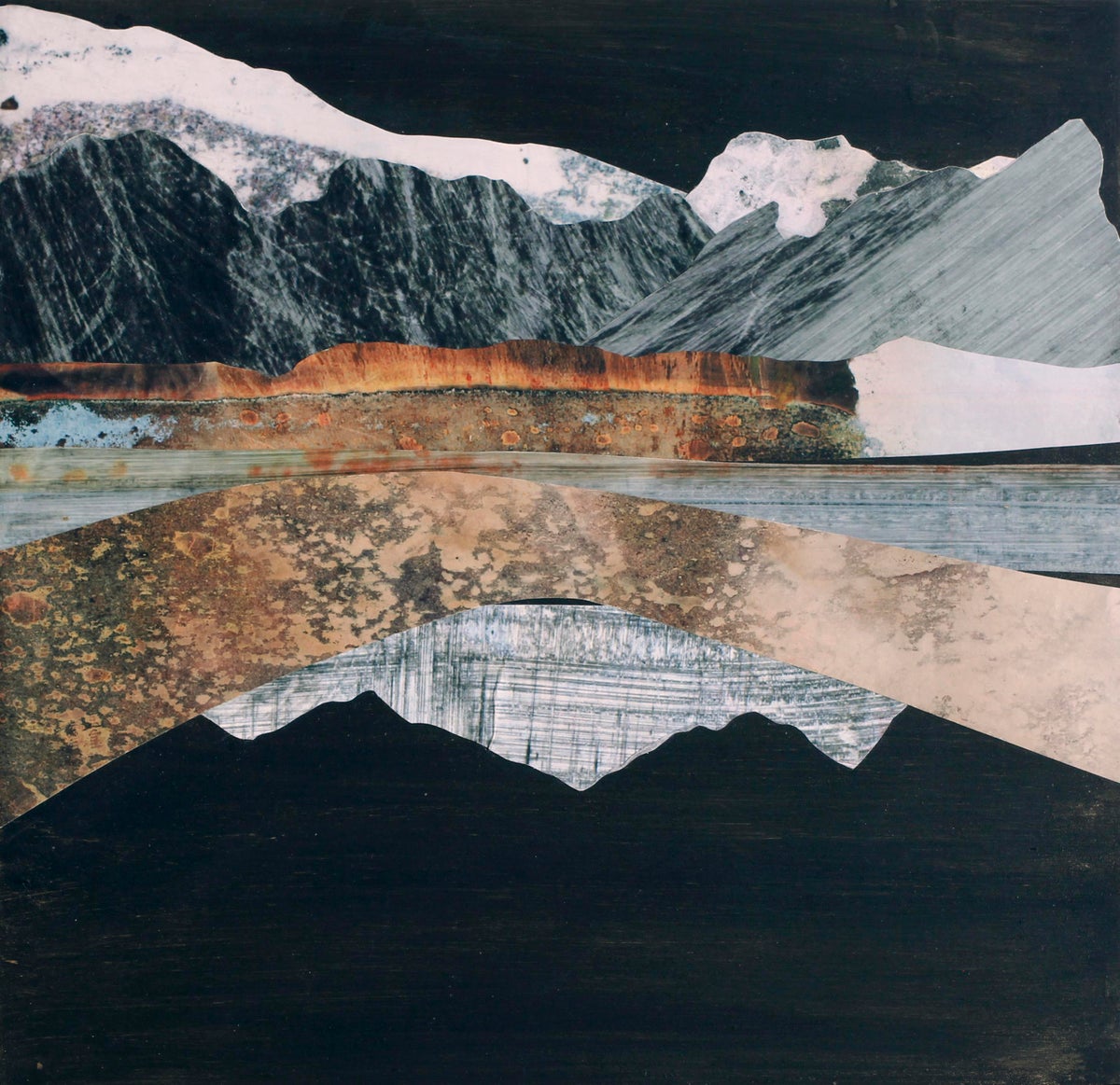
“99% Totality,” cut paper collage sketch for a larger acrylic painting.
Credit: Sarah Winkler
According to NASA, light levels under totality “resemble twilight conditions about 30 minutes after sunset.” Colorado-based painter Sarah Winkler caught this beautifully in a series of paintings she’s creating in what she calls her “totality palette.” She was struck by the desaturated tones she saw cloaking Laramie Peak and the surrounding mountains in Medicine Bow Forest near Esterbrook, Wyoming, and is creating a series of large paintings for a show at Gallery Mar in Park City, Utah this December.
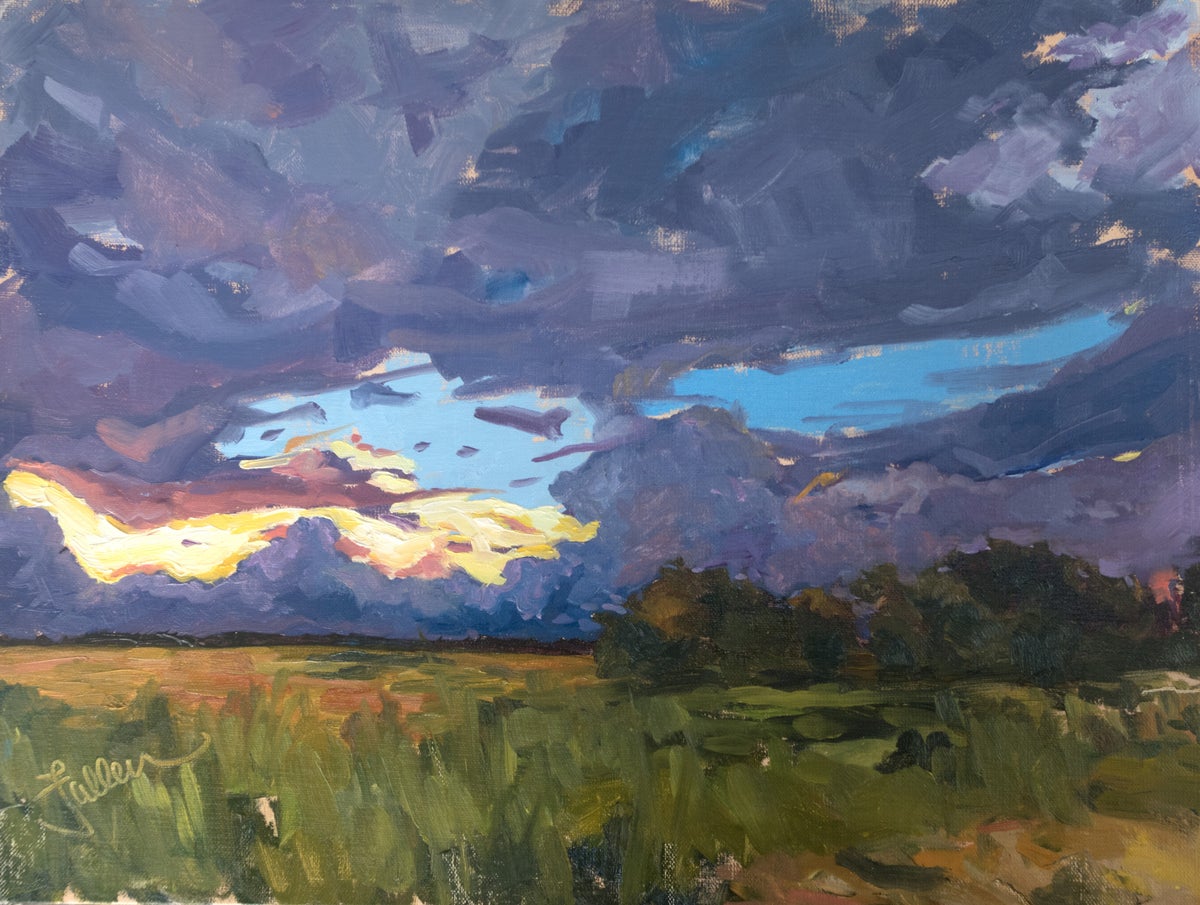
Credit: Fallon Peper
Fallon Peper, an oil painter in South Carolina, witnessed the eclipse at the end of a dirt road purposely removed from the crowds that gathered in Charleston near her home. But seconds after totality, she described the cheers and joyous shouts of people all over the city reveling in the shadow. This painting emerged as totality moved on and the light from the sun began seeping back into the scene.
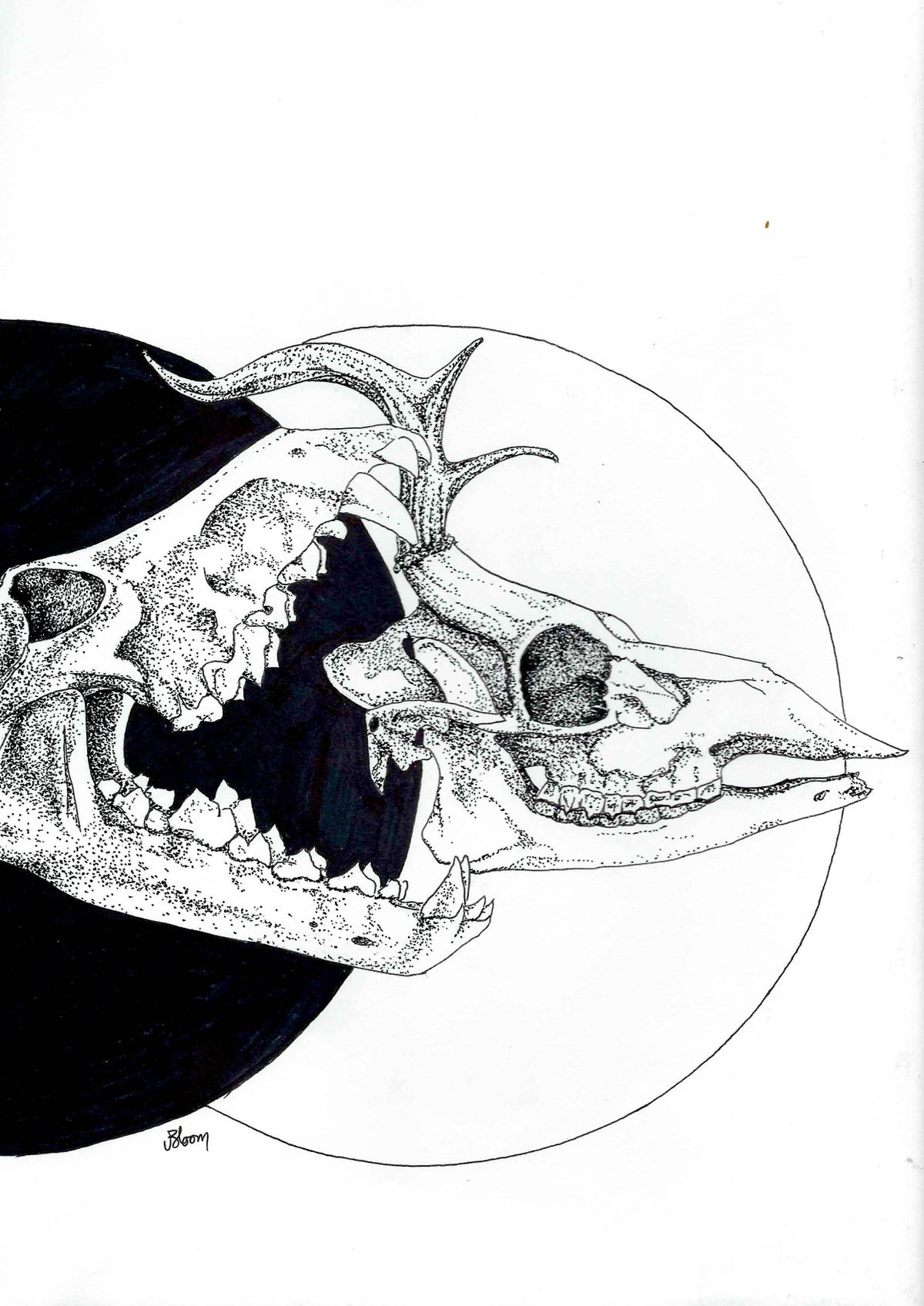
“Eclipse;” pen & ink.
Credit: Johanna Bloom
This pen and ink piece by Johanna Bloom drew me in with the traditional science illustration technique of stippling (being trained in science illustration myself) and the wonderful metaphor of the moon swallowing the sun. Ms. Bloom, a tattoo & fine artist in Longmont, Colorado, witnessed the eclipse from a VIP lounge reserved for a fraction of the luckiest eclipse viewers: at a cruising altitude of 33,000 feet in an airplane between Kansas and Colorado!
Artist Links:
Karen Teramura: University of Hawaii Institute for Astronomy
Arielle Johnson: MIT Media Lab | on Instagram
Julius Kähkönen: online | on Instagram
Karen Lynch: on Society6 | on Instagram
Amirra Malak: online | on Instagram
Fallon Peper: online | on Instagram
Sarah Winkler: online | at Gallery Mar | on Instagram
Johanna Bloom: online | on Instagram
